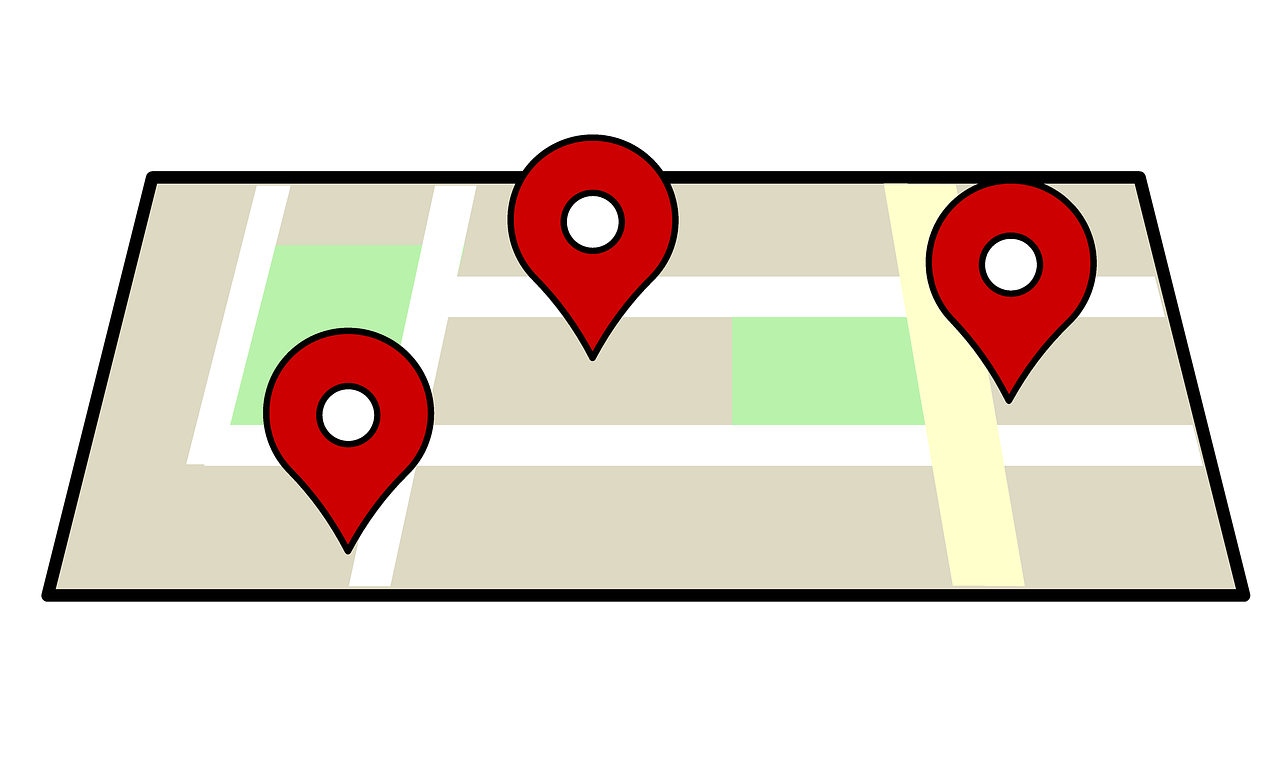Why You Need a Product Roadmap for Your Startup




You have big goals and dreams for your startup, and there’s a good chance your teams are just as excited as you are about the future of your company and product.
But you can’t move your startup forward on hopes and dreams alone. You also need a realistic, well-defined plan, and you need to put it down on paper.
At the same time, your plan can’t be too detailed or too rigid; you’re going to need some wiggle room. The startup world moves fast, and your plan has to be able to keep up.
In other words, you need a product roadmap for your startup.
A product roadmap is a document that provides a top-level view of your product in a visual format. It illustrates why you’re creating your product in the first place, aligns your company around a broad strategy, and provides direction for product development.
On a product roadmap, you lay out all the large-scale efforts involved in creating your product on a timeline so it’s easier to see the path to your ultimate goal(s).
In your startup, you have to channel everyone’s backgrounds, ideas, and thought processes in the right direction to achieve your desired outcomes. A product roadmap offers that direction.
Here are some reasons why a product roadmap will benefit your startup:
All the opinions and expectations surrounding your startup’s product make it easy for your team to focus on the wrong things. Excitement may cause them to get carried away and add extraneous features to your product—in other words, “shiny object syndrome”—slowing you down and causing you to drift from your target.
This is a huge problem in startups since many new ones don’t organize themselves around a central strategy right away.
Your product roadmap helps you and your team focus on the desired outcome of your product. It allows your entire team to stay in the loop about how their work contributes to the company strategy and how it moves the product forward.
Since a product roadmap ties each team’s roles back to the core purpose of the product, it helps to create clear priorities and tasks for each team.
As we mentioned, it’s easy for startup members to get pulled in all directions with their ideas for the product.
With a product roadmap in place, you can set clear priorities and deadlines for each team. Executives heading each team know exactly what they have to do, and that leads to better work from all team members.
Being able to see a clear path to the end result reminds every team of what they’re working toward. It provides everyone with a greater sense of importance because they can more concretely see how their efforts benefit the product and company.
A product roadmap can also motivate teams to add value to the product rather than do the minimum to accomplish their individual tasks. They can innovate within your roadmap’s guidelines, potentially creating a better end product without straying from your strategy.
Your product roadmap isn’t just for your team’s sake. It solidifies the purpose of your product to investors, demonstrates you have clear goals, and shows you have concrete steps in place to get there.
Remember, investors are looking for reasons to say no. You must give them as many reasons as possible to say yes—and a visual roadmap of your product strategy does just that.
Now, investors care solely about earning a return on their investment. The roadmap alone won’t be enough, despite being a valuable tool. Once you’ve created it, you’ll also have to know how to present it to investors.
Your startup has to adapt to the competitive environment and market demands. A lengthy, in-depth document won’t work—it’ll be too rigid. Make sure to keep your product roadmap adaptable; it’s a living document. Things change, and you should update your product roadmap to reflect that.
Your product roadmap should contain enough detail to be useful in providing direction for the coming few months, but shouldn’t be so detailed that it’s too inflexible to change.
Staying agile means that as the market environment, priorities, budget, technology, and other factors change (and they do—often), you’ll be able to alter your product roadmap to reflect those changes.
Ready to get your innovative ideas down on paper? Check out Belighted’s one-day strategy workshop to get started.